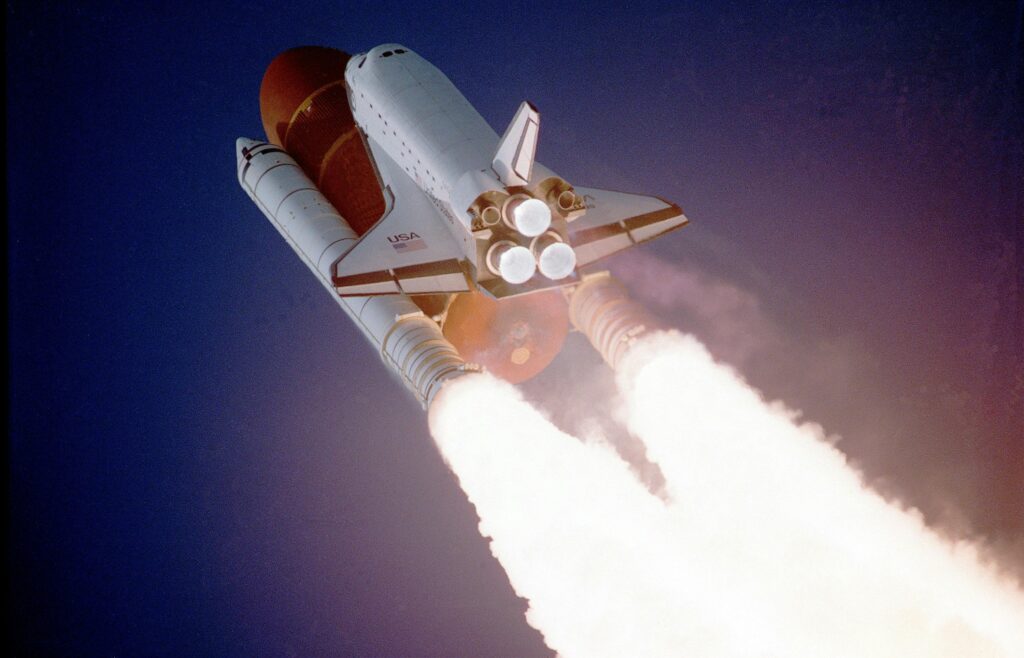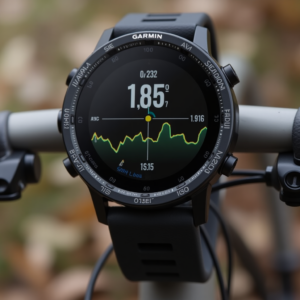
Learn how to implement AI in space exploration projects, focusing on autonomous robotic navigation, AI-driven planetary resource mapping, and spacecraft optimization for long-duration missions.
Setting Up AI for Autonomous Robotic Navigation in Space
Robotics for space exploration, like NASA’s Mars rovers, rely on AI for autonomous navigation in unpredictable environments. To develop autonomous robotic systems for space missions, engineers need to implement AI algorithms capable of real-time decision-making based on sensor data from cameras, LiDAR, and other instruments.
AI Algorithms for Autonomous Control
The primary AI system for autonomous control in space missions is often based on deep reinforcement learning (DRL) algorithms. These AI models are trained in simulated environments that mimic the surface of planets like Mars or the Moon, using datasets from past missions. Open-source platforms like RoboSimian can simulate environments where AI can be tested before deployment.
AI-driven robotic systems like Perseverance’s AutoNav continuously analyze terrain and decide on optimal routes to avoid obstacles. These systems need minimal human intervention, making them ideal for missions where communication delays, such as those to Mars, are significant.
Integration with Spacecraft Systems
AI integration doesn’t stop at the rovers. Autonomous spacecraft navigation systems, such as those in NASA’s Deep Space Network, leverage AI for flight trajectory adjustments. AI-enabled space navigation systems use algorithms to determine the best pathways for conserving fuel and avoiding space debris.
AI for Planetary Resource Mapping and Exploration
Planetary resource mapping is vital for missions focused on long-term human settlement or mining operations on celestial bodies like the Moon and Mars. AI-driven systems can analyze high-resolution images from satellites, rovers, and landers to identify potential resource deposits, including water.
AI’s capabilities in planetary resource mapping extend far beyond basic image analysis. For example, AI can be trained to detect specific spectral signatures that indicate the presence of water ice, metals, or other critical resources needed for space missions. AI models are trained using data from previous missions (e.g., data from NASA’s Lunar Reconnaissance Orbiter) to identify resource-rich areas.
AI systems such as Google’s Earth Engine have already shown success in processing satellite imagery on Earth for environmental mapping. In space exploration, similar AI models are adapted to map out valuable resources in greater detail. For instance, AI can automatically categorize and flag regions that contain accessible materials like hydrogen, which is key for making rocket fuel on Mars or other celestial bodies.
By integrating AI with In-Situ Resource Utilization (ISRU) technologies, space agencies can automate the extraction and processing of resources on planets, which is essential for sustaining long-term human missions or establishing colonies.
Long-Duration Space Missions and AI-Driven Optimization
In addition to navigation and resource mapping, AI plays a vital role in long-duration space missions. Spacecraft must operate autonomously for years without maintenance or real-time human input. AI systems assist in maintaining operational stability by monitoring the spacecraft’s health, performing system diagnostics, and scheduling preventative maintenance.
In this area, AI models can identify early signs of system failure or degradation. For instance, AI is used to monitor fuel consumption, battery health, and temperature control. If an issue is detected, the AI system can either correct it autonomously or alert mission control, allowing for faster response times.
One major challenge for deep-space missions is communication delays. AI systems deployed on spacecraft such as NASA’s New Horizons reduce reliance on Earth-based control by autonomously handling navigation, monitoring radiation exposure, and recalibrating instruments.



